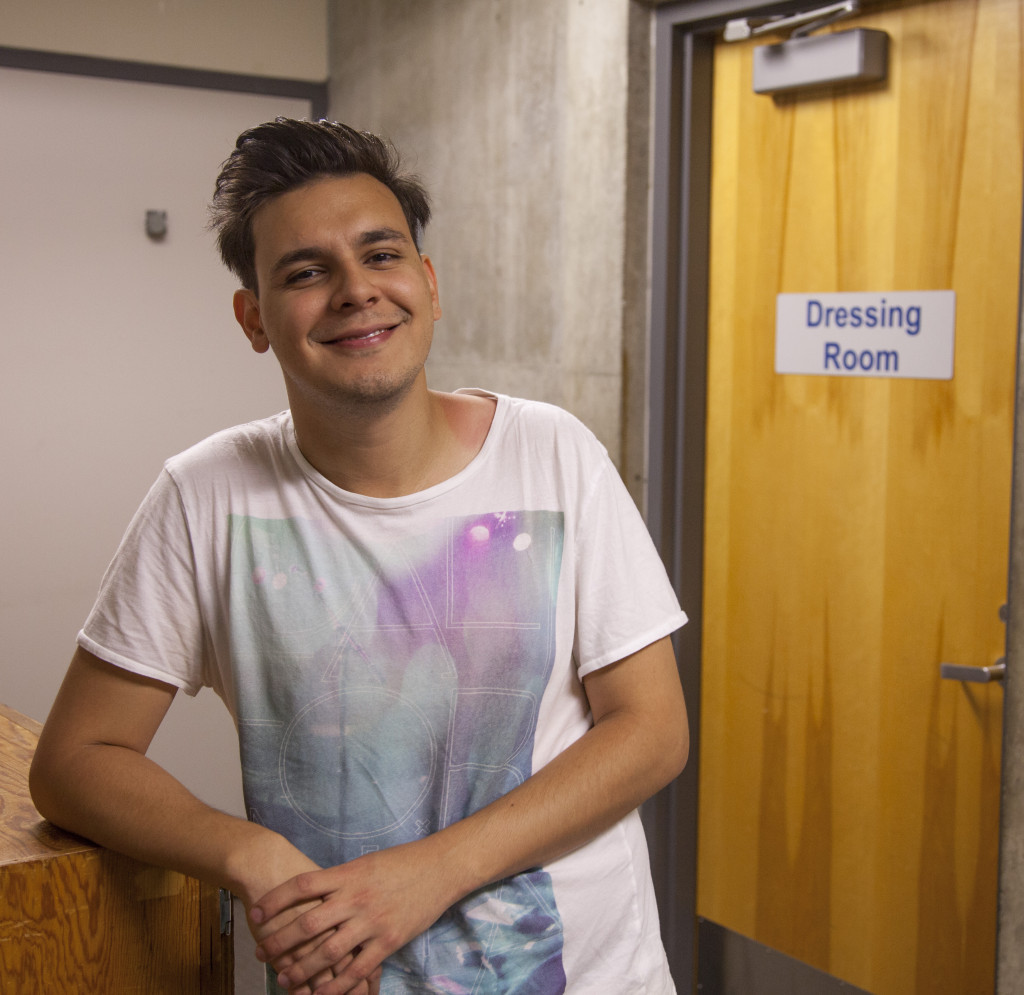
Intersectional feminism: What it is, and why it is important
By Jessica Berget, Staff Writer
There is a lot of racism in the history of feminism. Unfortunately, some of the most well-known feminist icons were racist. For example, Elizabeth Cady Stanton, leader of the American Suffrage movement, hated the idea that “degraded black men” had the right to vote, while women were denied. This was not an isolated incident. White women leading the marches for the equality campaigns of the suffrage movement had stated that the black suffragists would have to walk at the back of the parades, yet another form of segregation. Similarly, the recent women’s march in Vancouver neglected to contact Black Lives Matter Vancouver to invite their participation. It is because of these reasons that it is so vital we consider intersectional matters when discussing feminism. But what exactly is intersectionality? Intersectionality is a concept used to describe the ways in which oppressive institutions such as racism, sexism, homophobia, transphobia, xenophobia, islamophobia, ableism, and classism are all interconnected (a lot of buzzwords, I know). The term “intersectionality” was originally coined by critical race theorist and American professor Kimberlé Crenshaw in 1989. The theory of Intersectionality already existed, but she had been the one to give a name to it.
The roots of intersectionality can be traced back to 1851, when black abolitionist Sojourner Truth read “Ain’t I a woman” at a Women’s Convention. Her poem addresses the difference in the oppression of white women versus the oppression of black women. “That man over there says that women need to be helped into carriages and lifted over ditches, and to have the best place everywhere. Nobody ever helps me into carriages, or over mud-puddles, or gives me any best place! And ain’t I a woman?”
Feminism isn’t a “one size fits all” ideology. There are many different sizes, as there are many different variations of oppression. Not all women face the same oppression, and there are many different interlocutors that contribute to one’s oppression (Google “wheel of intersectionality” for clarification on this concept).
Not all oppression is the same. In fact, there are many different oppressions that one may face at the same time, because they intersect. White, upper class, cisgender, heterosexual, able-bodied women will only face one form of oppression, namely sexism, while black women will have to face a complex mix of both sexism and racism commonly called “misogynoir” in black feminist circles. A transgender woman will face both sexism and transphobia, and a black, transgender woman will have to face all three.
I am a huge Anthropology nerd, so when I talk about intersectionality, I relate it to the term “cultural relativism.” Cultural relativism is the principle of regarding beliefs, values, and practices of a culture from the view of that culture itself. Simply put, the concept of “right” and “wrong” are culturally specific, and what is considered moral in one culture may be considered immoral in others. Since no standard of universal morality exists, no one has the right to judge another’s culture.
I use the concept of cultural relativism in relation to intersectionality because I think it’s important to understand a person’s beliefs and values based on their own experiences, and never to judge a person because of their appearance, mentality, or attitude. You never know what they have been through and the oppression they have had to face on a daily basis. This can also relate to discussing instances of cultural stereotypes, because in order to understand cultural stereotypes, you have to understand why these stereotypes are in place and how they are enforced.
So why is intersectionality important? Intersectional feminism recognizes the struggles and discrimination faced by anyone who identifies with multiple social, biological, and cultural groups that do not adhere to the white supremacist, patriarchal, and capitalist society we live in.
If your feminism is not anti-racist, anti-classist, trans-inclusive, fat-positive, and ableism-challenging, then who is it even for? The point of feminism is to challenge the forces of oppression, social inequalities, and injustices in order to progress our society into equality. Intersectionality is essential in this case, because not all forces of oppression are the same, though these forces often intersect.
Without intersectional feminism, issues that are specific to women of colour, and transgender, lower class, and/or disabled women will go unaddressed. The rights of otherwise less-oppressed women are made priority. Remember, it was white, upper-class women who originally received the right to vote. It was not until years later that black women and indigenous women received the same right in Canada.
Intersectionality is essential to consider in mainstream feminism. We live in an awful, capitalist, white supremacist, patriarchal society, so we should recognize the hardships and discrimination that other people face, even if we do not face them ourselves. We need to support each other in any way we can to make life easier for everyone (which I know is a special snowflake, social justice warrior way of thinking, but it’s true).
There is a lot of controversy surrounding intersectional feminism, both in who can claim it and why it should be an issue, as the term was coined specifically for black women experiencing intersecting forms of oppression: gender, race, and often class, due to ecological racism.
Intersectional feminism has expanded to include all women of colour who experience different forms of oppression, but there is the issue of whether white women can claim the term “intersectional feminist” or not. White women claiming the term also erases the group of people the term is supposed to be for, namely women of colour. Instead, white women can call their feminism intersectional, or bring up themes of intersectionality separately.
But why should we divide ourselves by bringing up race, right? Wrong. Addressing intersectional issues in mainstream, modern feminism is critical to ensuring justice and equality for all. If these issues are not addressed, mainstream feminism will stagnate. The movement will then continue to become fragmented and ineffective.
Now you may be asking yourself, how can I make my feminism more intersectional? Google is free! Reading any articles or blogs pertaining to intersectional feminism and oppressive forces are a good start. Education is the first step to progress.
Check your privilege. Privilege is hard to recognize for those who have it, and it’s a lot easier to focus on ways that you are marginalized or oppressed. Ask yourself how others may be affected or marginalized differently than you are.
Cut out racist, transphobic, xenophobic, and ableist language from your vocabulary, and call it out when you see it.
Think outside of your own experiences. Recognize that not everyone has had the same experiences as you, and only speak on your own experiences and oppression. Admit you’re not the perfect feminist. The perfect feminist doesn’t exist. So if you are being called out on problematic behaviour, don’t challenge it—be open to becoming more educated.



